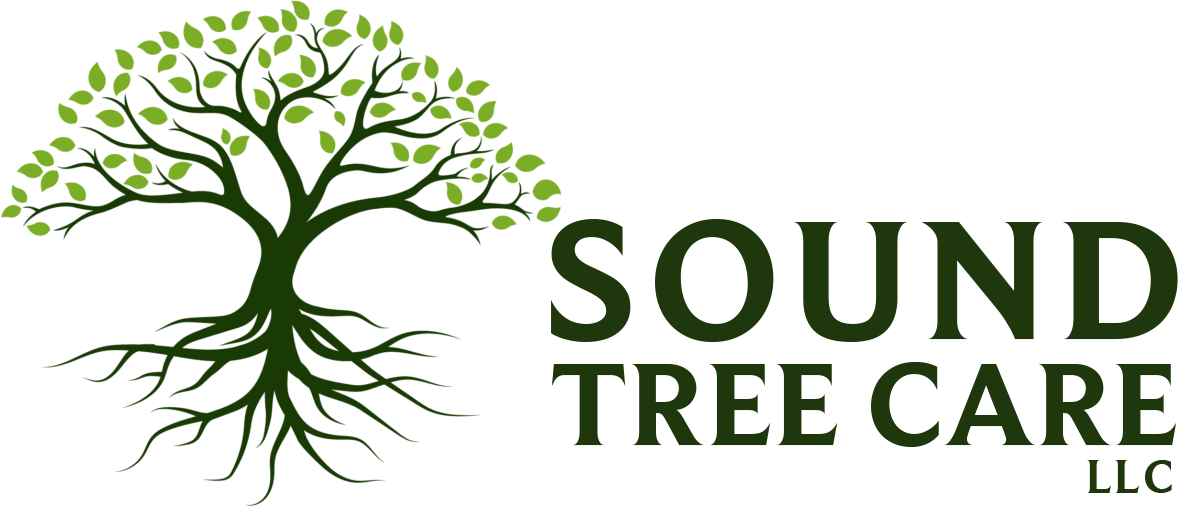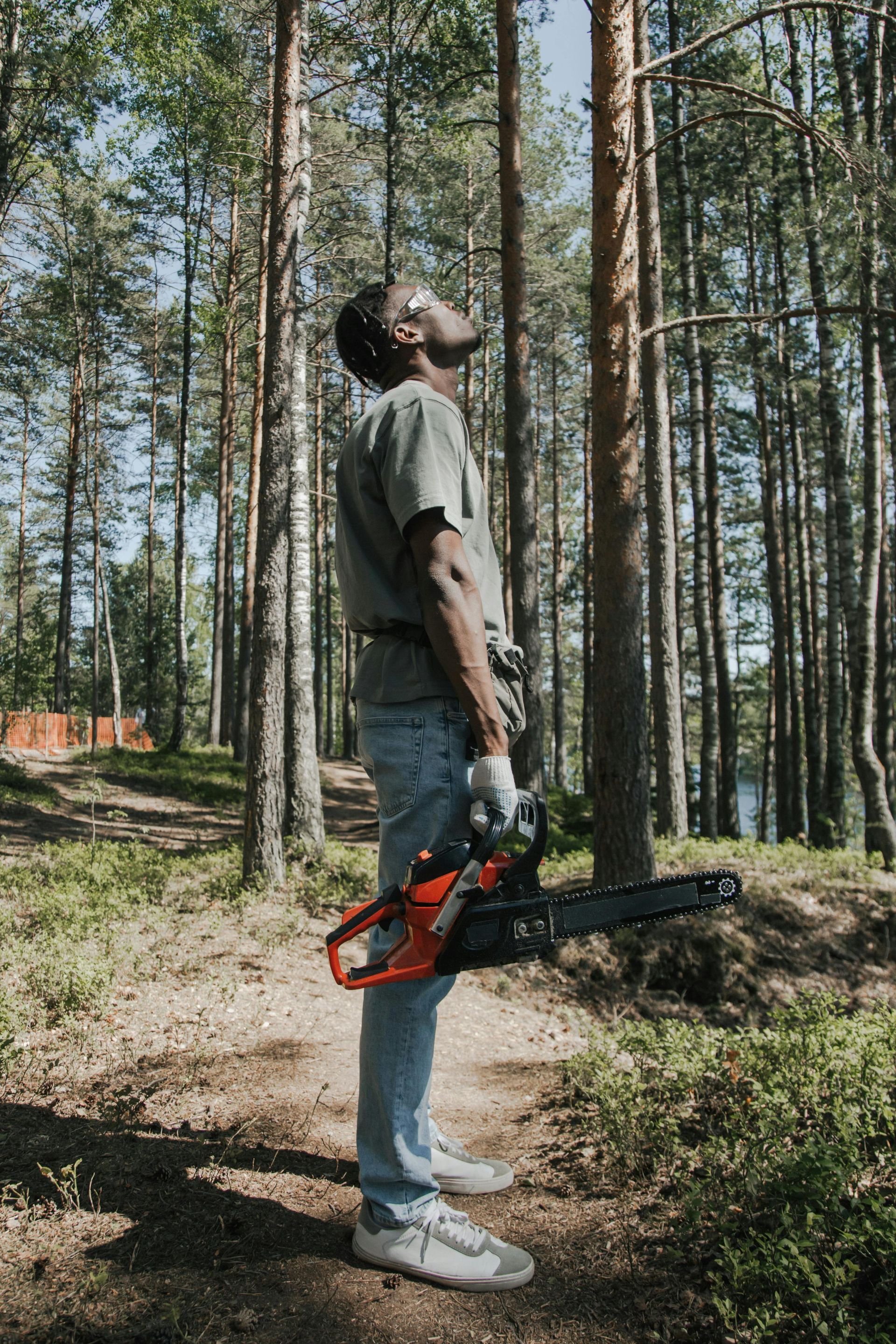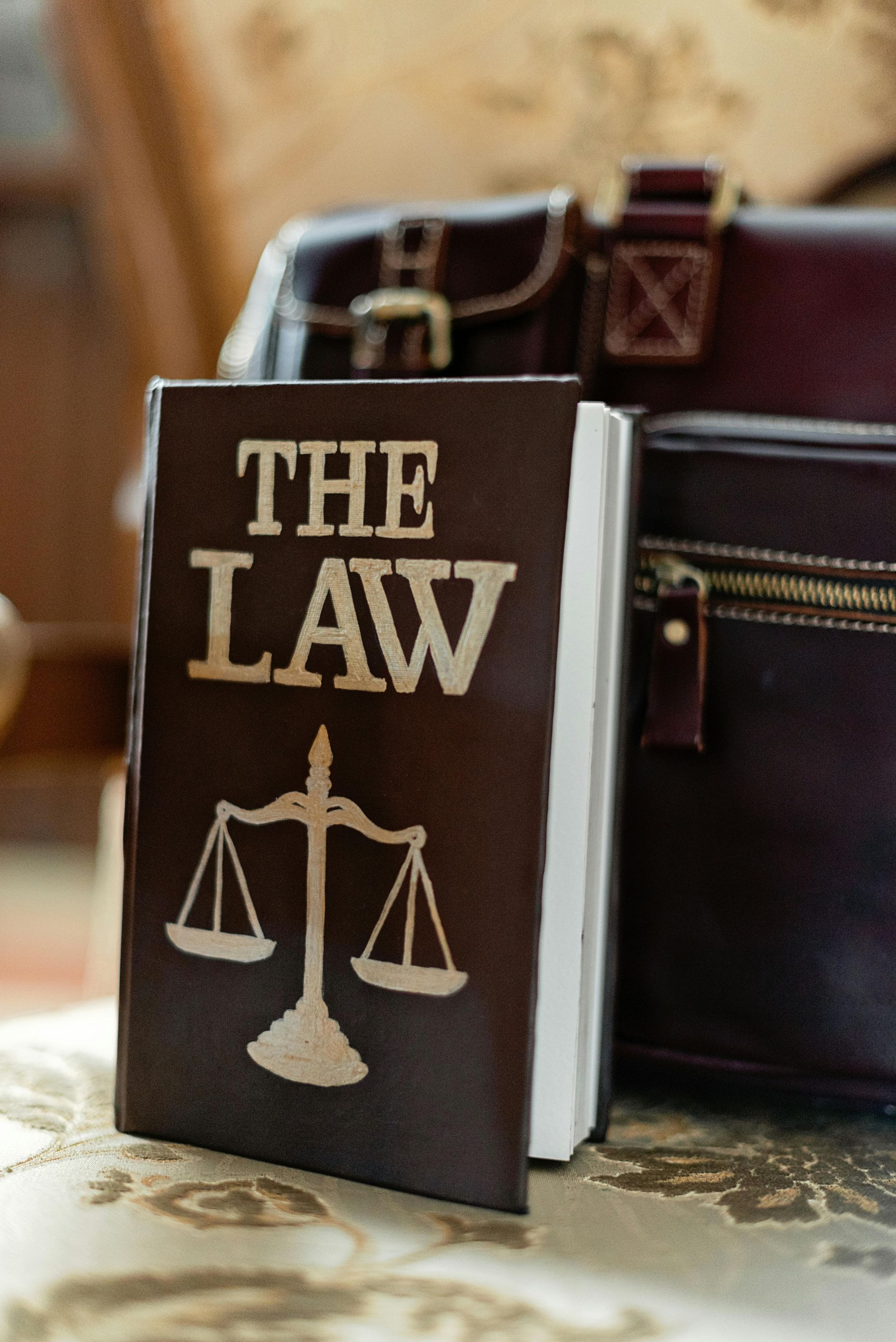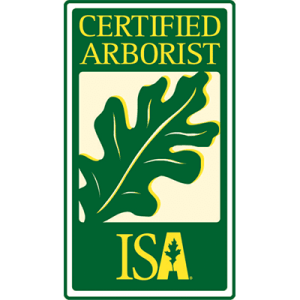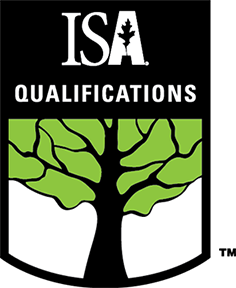Under Washington law (RCW 64.12.030), harming or destroying a boundary tree can come with treble damages—meaning you’ll owe three times the tree’s monetary value plus any associated emotional distress. While smaller ornamental trees might only be worth a few thousand dollars, mature tree—particularly species like black walnut, white oak, or Douglas fir—are regularly appraised at tens of thousands, and in rare cases, even upwards of six figures. When treble damages are applied, it’s easy to see how liabilities can quickly escalate—turning what might seem a harmless mistake into a $300,000+ financial exposure under the law. This chart illustrates how rapidly costs can multiply—a powerful incentive to avoid even accidental trespass.
What Is Timber Trespass? RCW 64.12.030 Explained
📊 RCW 64.12.030: Timber Trespass Damages
What Counts as a Boundary Tree Under WA Law?
🪴Identifying a Boundary Tree
Not every tree near your fence line is a “boundary tree”—only those whose trunk lies on or over the property line qualify. Use the flowchart to make a quick self-assessment:
- If the trunk crosses the line, it’s owed shared ownership status under law.
- Once confirmed, you
must obtain signed agreement from all co-owners before trimming, removing, or touching the root zone.
If the trunk remains on your property, standard pruning rules apply—but you’re not dealing with boundary tree regulations.
Strict Liability & Treble Damages
💡What You Can Do vs. What’s a Trespass
✅ What You're Allowed to Do (Legal)
- Trim overhanging branches up to your property line (must not harm tree doing so)
- Remove dead limbs that don’t harm the overall health of the tree
- Obtain written permission (like a signed agreement) before any removal or extensive trimming
🚫 What You Must Avoid (Illegal & Risky)
- Girdling, cutting down, or poisoning a boundary or shared tree
- Removing or uprooting the trunk or roots of a tree that straddles or affects both properties
- Proceeding without your neighbor’s written consent if there's any risk of harm or damage
🧭📏When trees appear near your property line, it’s important to understand who owns what—and what that means legally. Your trees, rooted fully on your land, are entirely under your control (within local regulations); your neighbor’s trees, while they may overhang into your yard, legally belong to them, and pruning must be done with care and adherence to boundary rules; and boundary (shared) trees, whose trunks or roots straddle the line, are joint assets—and under Washington’s timber trespass statute, harming them without written consent can trigger serious consequences like treble damages. This three-card section helps make these distinctions clear, so you can act confidently and responsibly.
